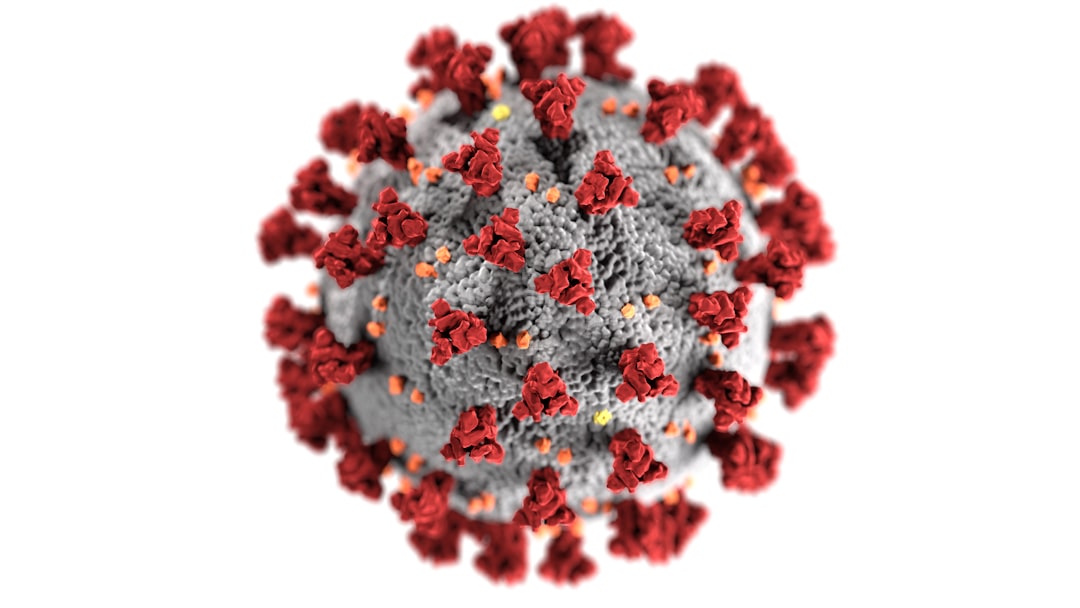What is it about?
This study demonstrates that a large dormant viable but noncuturable (VBNC) population of cells is present in growing bacterial cultures, and can survive antibiotic treatment alongside persister cells. These cells can later become culturable after removal of the antibiotics. Furthermore, we show that a common mechanism may induce both VBNC and persister cells. Importantly, we show that human serum induces dormancy in bacteria, allowing them to better survive in the blood.
Featured Image
Why is it important?
This work further relates two previously described and clinically important dormancy states (VBNC and persisters), adding to the evidence that these states are related, controlled by a common mechanism, and are part of a dormancy continuum. The article also demonstrates the importance of testing viability rather than culturability when assessing antimicrobial efficacy. Importantly, this paper shows that the body's own innate immune system can support the existence of such antibiotic tolerant dormant cells, which can perpetuate chronic and recurrent infections.
Read the Original
This page is a summary of: Viable but Nonculturable and Persister Cells Coexist Stochastically and Are Induced by Human Serum, Infection and Immunity, August 2015, ASM Journals,
DOI: 10.1128/iai.00404-15.
You can read the full text:
Contributors
The following have contributed to this page










